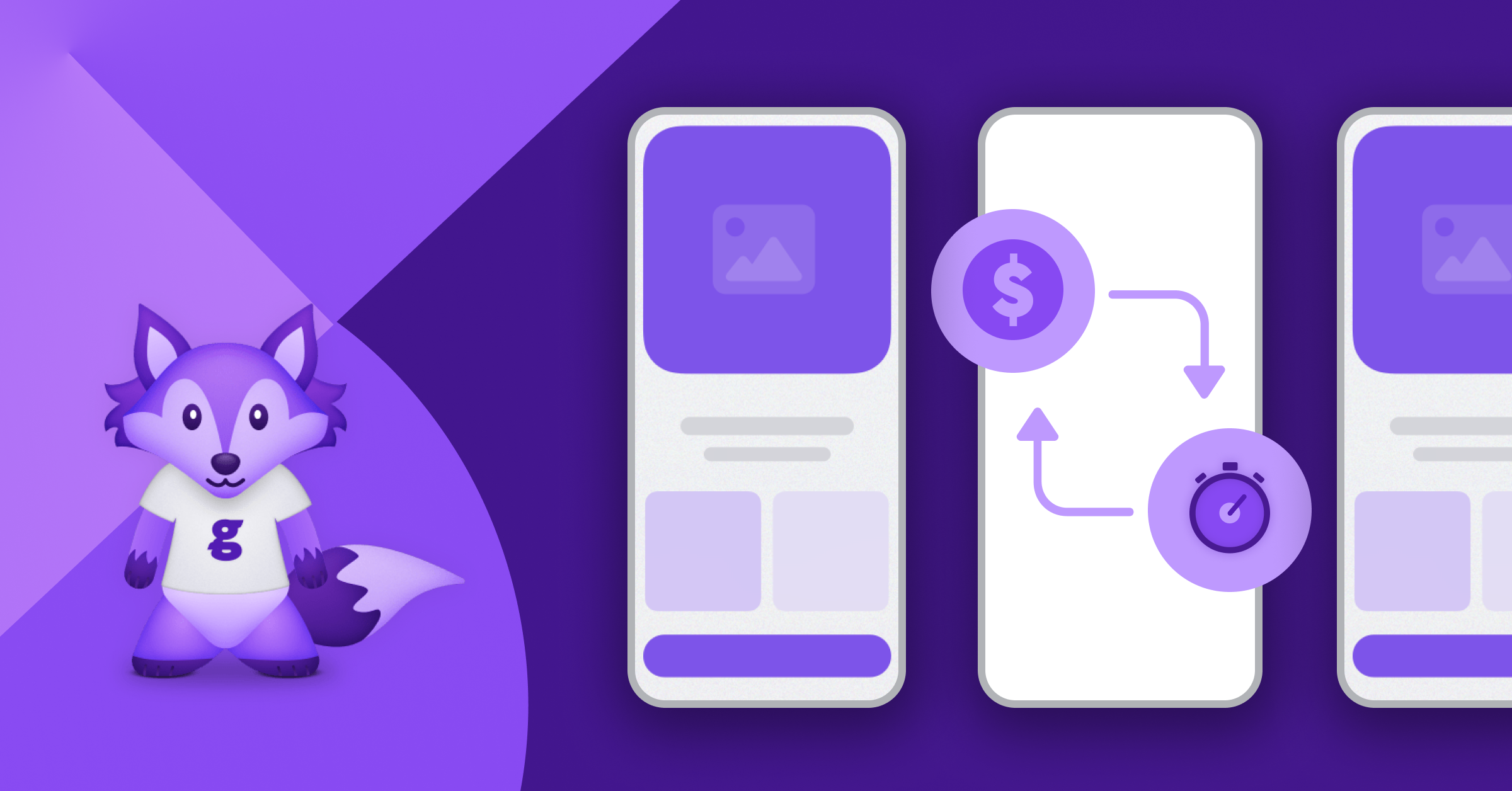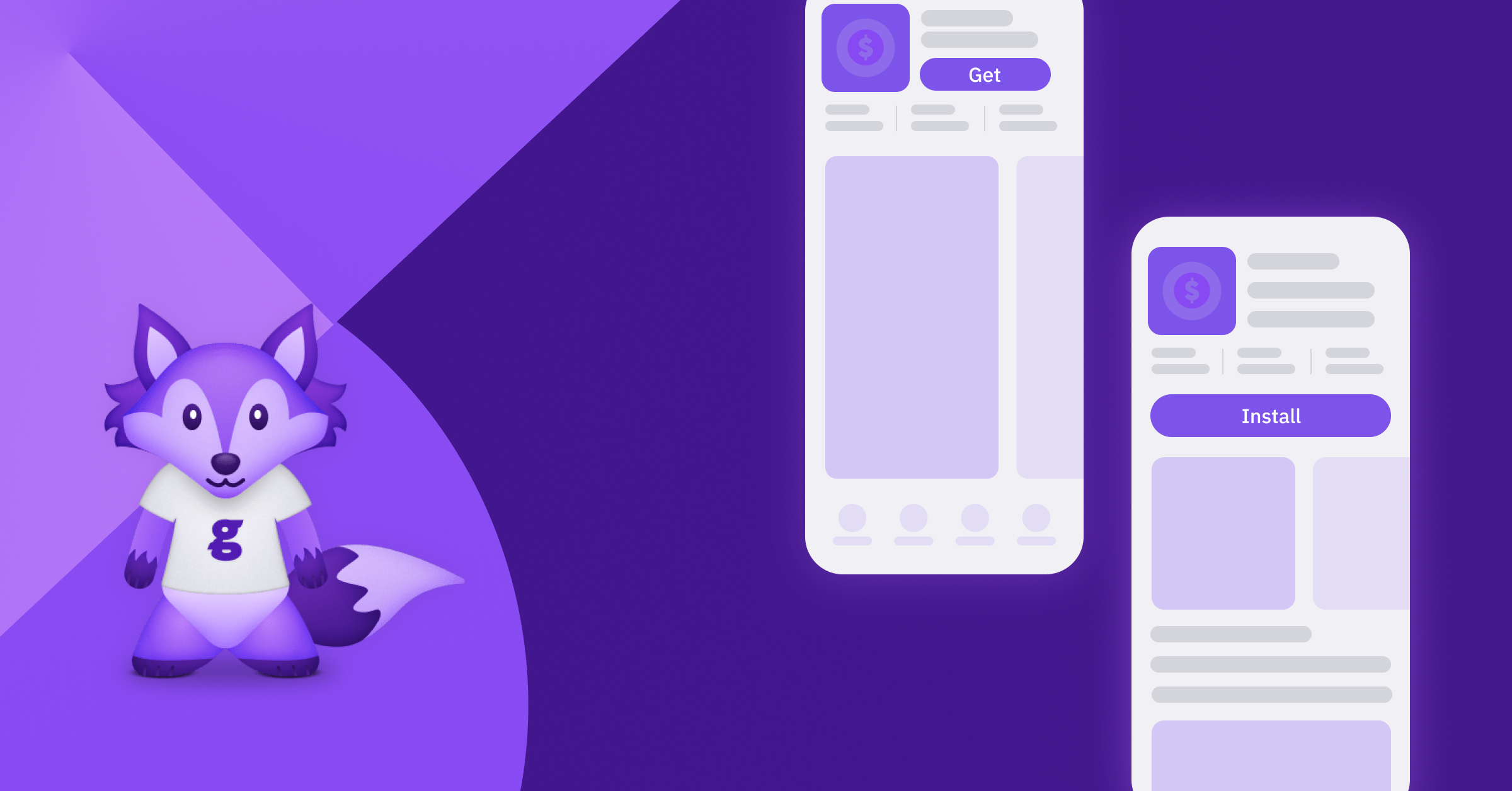Content
Strategic Timing for Paywalls in Apps: Mastering Paywall Placement and Timing Strategies

1. The Art of Timing Paywalls in Your App
To identify the optimal moment for paywall placement, focus on key user engagement metrics. It’s about finding out when users are most engaged and likely to see the value in paying for additional features or content. This includes:
- Track Feature Engagement: Identify which features users interact with the most and the duration of these interactions. High engagement with those features suggests users find them valuable and might be willing to pay.
- Progress Monitoring: Observe how quickly and consistently users progress through your app. Faster progression to critical points (like completing introductory levels or using advanced features) can also signal readiness for a paywall.
- Utilize Trigger Events: Identify actions or events within the app that indicate a high level of user interest or investment. For instance, completing a difficult level, extensively customizing their experience, or repeatedly engaging with core functionality.
- Response to In-App Prompts: Monitor how users respond to in-app prompts or teasers for premium features. A positive response (like clicking to learn more) can be a good indicator of their readiness to see a paywall.
- Sentiment Analysis: Analyze user comments and feedback for sentiments that show satisfaction or a desire for more, which could signal a good time to introduce a paywall.
Other metrics that can help understand readiness to pay:
- Session Length: Track the average duration users spend in your app per session. Longer sessions can indicate higher engagement.
- Frequency of Use: Monitor how often users return to your app. Regular use suggests growing reliance on or enjoyment of your app.
- Completion of Key Actions: Are users completing set tasks or levels in your app? This indicates they are invested enough to potentially pay for more content or features.
2. Early Engagement and Value Demonstration
It is SO important to demonstrate value before introducing a paywall. Many apps miss the chance to convert users by simply ignoring this. So don’t miss the opportunity to convert your users. Show value!
This includes:
- Showcasing Unique Features: Use the onboarding process to highlight what makes your app stand out. Make these features accessible and communicate them clearly early on.
- Free trial: If you can, allow users to experience some premium benefits of your app without payment by offering a free trial, this can motivate them to upgrade. This fits to the “Reciprocity Principle”, by offering something of value for free first users may feel compelled to reciprocate by subscribing.
- Personalization: Another way to increase the perceived value is if the user feels the app is catering to their specific needs/preferences. Let users personalize or customize their app experience.
- Engaging Content: Interactive and visually appealing content can make the learning process about your app’s features more enjoyable. So try it out!
- Incentives for Engagement: Offer incentives like rewards, points or badges for early engagement with your app. This can motivate users to explore the app more thoroughly, thereby understanding its value.
- Monitor Engagement: Keep an eye out for the metrics we mentioned previously to find out how users interact with your features. High engagement levels can signal readiness for a paywall.
3. Milestone-Triggered Paywalls
Introducing a paywall at user milestones can be highly effective.
Consider:
- Defining Milestones: Establish what constitutes a milestone in your app (e.g., completing a level, using the app for a week, etc.).
- Analyzing Milestone Completion: Track how many users reach these milestones. High completion rates suggest users are finding value in your app.
- User Feedback: After reaching milestones, ask users for feedback. Positive responses can indicate a good time for paywall introduction.
4. The Psychology Behind Paywall Acceptance
Understanding user psychology is key to paywall acceptance. There are several psychological strategies and principles you can leverage to increase user receptiveness to paywalls.
Consider:
- Introducing Paywalls Post-Achievement: Users are likely to be more receptive to paywalls after a rewarding experience in the app.
- Anchoring Effect: Set a reference point for users by displaying a higher-priced option first. This makes other, more affordable options seem more reasonable in comparison.
- Decoy Effect: Introduce a third subscription option that’s not as attractive as the other two. This decoy can make one of the more appealing choices stand out as the best value.
- Loss Aversion: Highlight what users stand to lose if they don’t subscribe, rather than just what they gain. People tend to prefer avoiding losses to acquiring equivalent gains.
- Scarcity Principle: If you can, create a sense of urgency by indicating limited availability or time-sensitive offers. This can drive users to act quickly to avoid missing out.
- Social Proof: Use testimonials, reviews or user counts to show the popularity and acceptance of your premium offerings.
- Choice Paradox: Limit the number of options to avoid overwhelming users. Too many choices can lead to decision paralysis.
- Foot-in-the-Door Technique: Start by asking for a small commitment (like signing up for a free trial). Once users have agreed to this smaller request, they are more likely to agree to a larger request (like subscribing).
5. Paywalls as Part of the User Journey
A paywall should fit seamlessly into the user journey. To integrate paywalls effectively:
- Logical Placement: Introduce paywalls at logical points, like after a free trial or significant in-app achievement.
- User Drop-off Analysis: Monitor where users are dropping off in the app to avoid placing paywalls at points that may cause user loss.
6. Utilizing Glassfy for Optimized Paywall Placement
Successfully timing your paywall is a crucial part of app monetization, but it’s just one piece of a larger puzzle. Glassfy offers a FREE solution to not only optimize your paywall placement but also to enrich every aspect of your app’s monetization strategy.
With Glassfy, you gain access to:
- Advanced Analytics: Dive deep into user behavior with Glassfy’s sophisticated analytics, allowing you to make data-driven decisions about your paywall placement.
- A/B Testing Capabilities: Test different paywall scenarios and strategies within your app environment. Glassfy’s A/B testing tools let you experiment with timing, messaging, pricing and more to find the most effective approach for your audience.
- Customizable Paywall Solutions: Tailor your paywall to fit seamlessly within your app’s user journey. Glassfy’s customizable paywalls ensure that they align perfectly with your app’s design and user experience.
Seamless Integration: Glassfy’s tools integrate smoothly with your existing app infrastructure, making it easy to implement and manage your monetization strategy without disrupting your app’s functionality or user experience.
Read More




